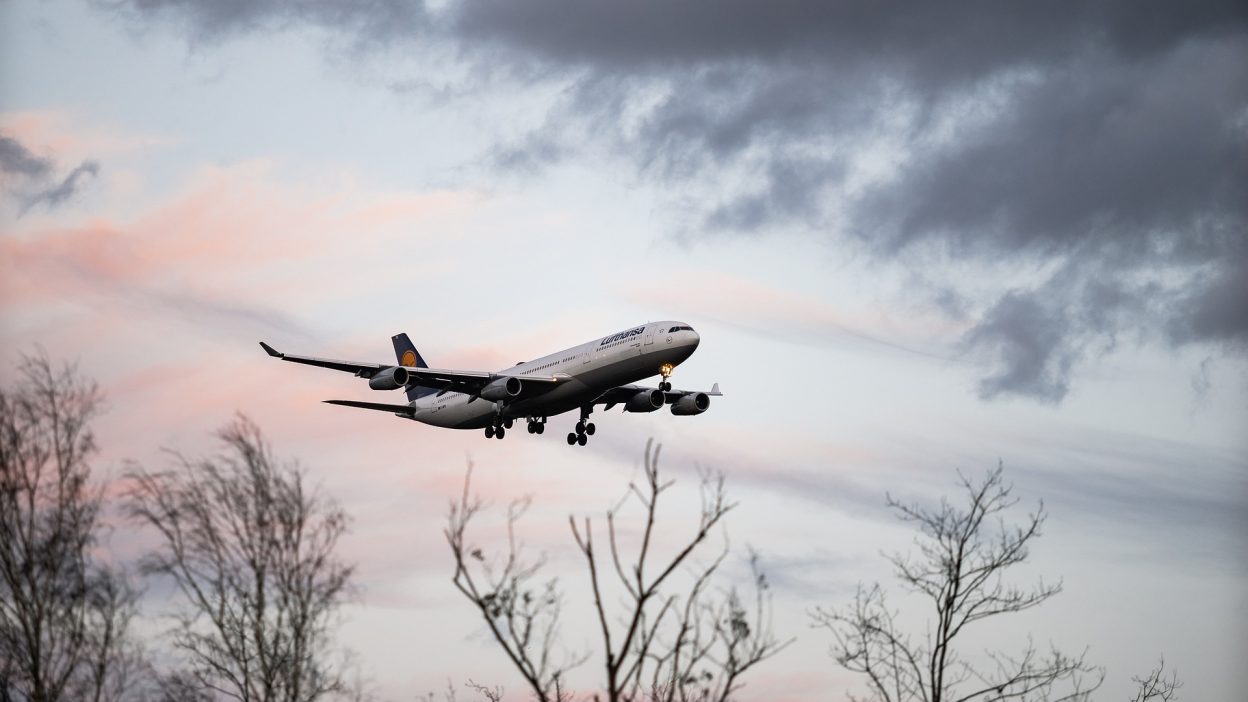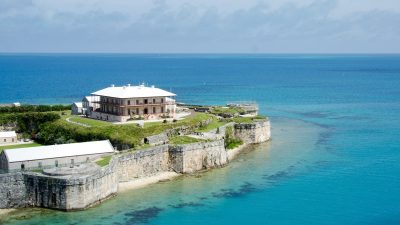Successful emergency water landings
Discover the astonishing stories of four successful emergency water landings, where skilled pilots saved hundreds of lives against all odds. Learn about these heroic feats in aviation history and why ditching remains one of the hardest challenges for pilots.
Incredible Stories of Airplanes Ditching on Water Without Fatalities
Introduction
The phrase “any landing you can walk away from is a good landing” resonates strongly in the aviation world, especially when discussing emergency water landings. Known as ditching, this rare manoeuvre is among the most challenging tasks for any pilot. It requires immense skill, precision, and calm under pressure. While no emergency landing is completely without risk, some remarkable instances of ditching have defied expectations and ensured the safety of all onboard.
Let’s dive into four incredible stories where pilots performed water landings with zero fatalities, proving their expertise in the face of overwhelming odds.
1. The First Ever Successful Ditching: Pan Am Flight 6 (1956)
The history of ditching began with the Boeing 377 Stratocruiser, a double-deck passenger aircraft renowned for its size and innovation. On 16 October 1956, Pan Am Flight 6 embarked on a round-the-world journey with 24 passengers and 7 crew members. The flight took a tragic turn midway between Honolulu and San Francisco when one engine failed, followed by a malfunction in a second engine.
- The pilots managed to maintain an altitude of 5,000 feet with the remaining engines.
- Running low on fuel, they decided to ditch at dawn, using the daylight to navigate the changing sea surface and align the plane between waves to prevent structural damage.
- The aircraft landed at a speed of 103 mph, and although the fuselage broke apart, all 31 passengers and crew were rescued just 3 minutes before the plane sank.
This pioneering feat set a benchmark for ditching and highlighted the importance of pilot expertise and timing in emergencies.
2. A Heroic Feat in Russia: Tupolev Tu-124 (1963)
On a foggy day in 1963, a Tupolev Tu-124 carrying 52 passengers faced immediate trouble after take-off from Tallinn, Estonia. The front landing gear failed to retract, leaving the crew unable to continue to their destination, Moscow. Running low on fuel, they had to make a quick decision.
- With no clear runway available, the pilots chose to ditch on the Neva River, right in the middle of Saint Petersburg.
- They carefully avoided bridges and urban structures, safely landing the plane on the river.
- Miraculously, all 52 people onboard survived without injuries, and no harm came to the citizens of Saint Petersburg.
This heroic act ensured the safety of everyone onboard while minimising the risk to people below.
3. A Near-Perfect Accident: Japan Airlines Flight 2 (1968)
Not all ditching events are planned, and Japan Airlines Flight 2 is a perfect example. On a foggy day near San Francisco Bay, a Douglas DC-8 approached the runway but unknowingly veered 2.5 miles off course, descending directly into the water.
- Due to the dense fog, the pilot couldn’t see that the runway was still far ahead.
- The plane landed in the bay, where the water depth was only 23 feet, preventing the aircraft from sinking entirely.
- All 96 passengers and 11 crew members were unharmed, rescued promptly by Coast Guard and police boats.
Despite the unusual circumstances, this unintentional water landing is considered a remarkable success in aviation history.
4. The Miracle on the Hudson: US Airways Flight 1549 (2009)
Arguably the most famous ditching of all time, the “Miracle on the Hudson” remains an extraordinary example of aviation excellence. On 15 January 2009, an Airbus A320 carrying 155 passengers struck a flock of geese shortly after take-off, resulting in the failure of both engines.
- With no power to maintain altitude, the pilots decided to glide and ditch the plane in the Hudson River.
- Using the Airbus A320’s ditching button, which seals the plane to prevent water ingress, they executed the landing with remarkable precision.
- The aircraft landed near tourist boats, ensuring immediate rescue for all passengers and crew.
This event showcased the ingenuity of the Airbus A320’s design and the calm expertise of its pilots, earning it a place in aviation history as a near-perfect emergency water landing.
Why Ditching Is So Difficult
- Unpredictable Water Conditions: The surface of the water is as unforgiving as solid ground, with waves constantly in motion. Pilots must align the aircraft to land between waves.
- Risk of Structural Damage: Improper landing angles or extended landing gear can break the fuselage or allow water to flood the plane.
Limited Training: Simulating a water landing is highly challenging, making real-life ditching scenarios reliant on a pilot’s experience and quick thinking.




